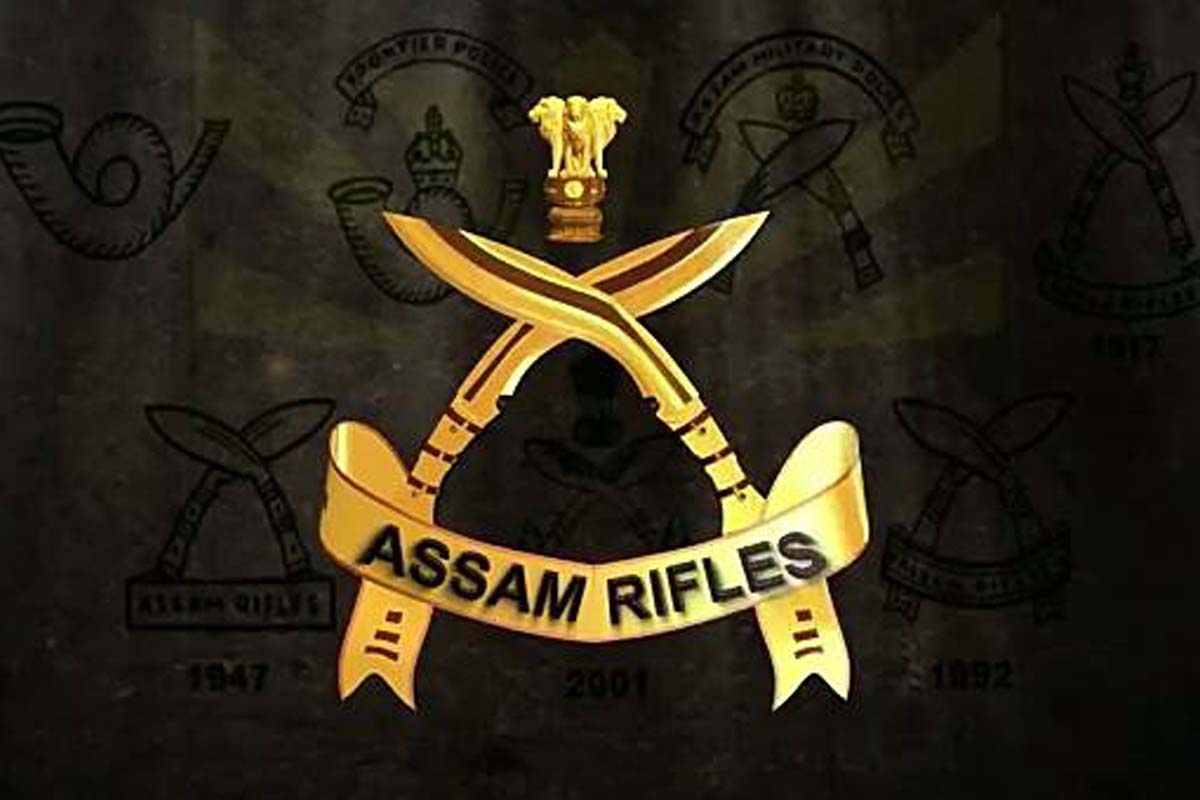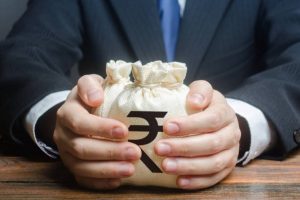There is a debate at the Centre on the merger of Assam Rifles with the Indo-Tibet Border Police (ITBP). It has been stated that the case is likely to be projected to the Cabinet Committee of Security (CCS) for final decision, which would be binding on the MoD and MHA. The army has been against this proposal from its inception. It was initially conceived during the tenure of Rajnath Singh as home minister and with him now moving to the defence ministry, he would have received a different perspective.
The two forces were raised for different tasks and merging them solely to enhance promotional avenues may be a foolish concept which could destroy the tradition and work ethos of both organisations. Assam Rifles was raised by the British in 1835. Initially termed as the Cachar Levy, it underwent four name changes before it became the Assam Rifles in 1917. In fought under the British in World War I in Europe and Middle East as also in World War II in Myanmar (Burma theatre). It presently comprises 46 Battalions and has 80 per cent officers from the army. It operates under dual control.
Advertisement
It is administratively under the MHA, but operationally under the army. Over the years it has in conjunction with the army participated in operations, whether it be the 1962 war or as part of the IPKF in Sri Lanka. It has also been involved in counterinsurgency operations in the North East and is locally termed as ‘Friends of the North East.’ Presently, it is also responsible for securing the Indo- Myanmar border and some parts of the Arunachal border. It is imbibed with the ethos and culture of the army. It remains the only paramilitary force of the country, all others being Central Armed Police Forces (CAPFs).
The ITBP, a CAPF, was raised in October 1962 for reorganizing the ‘frontier intelligence and security set up’ along the Indo-Tibetan border. From the initial four battalions, the force has 56 service battalions and four specialist battalions. It is deployed along the LAC with China. In 2004, it replaced the Assam Rifles on the Indo-China border in Sikkim and some parts of Arunachal Pradesh. The government claims it is following the concept of ‘one force, one border’; however, this is flawed. The responsibility of ensuring security along the LoC with Pak and LAC with China, is that of the army, while the forces deployed at some places are the BSF or ITBP.
With the government refusing to place them under operational control of the army, there are coordination difficulties. It is further compounded by the fact that the top echelon of both are officers of the Indian Police Service, which has a different outlook as they are inducted at staff levels without ground experience. While Assam Rifles has been tasked with counter insurgency and security roles only in the North-East, the ITBP has been raised mainly for securing the Indo-Tibet border from Ladakh to parts of Arunachal Pradesh. The ITBP has its own cadre at lower levels but the top is officered by the IPS, whereas the Assam Rifles top cadre is the army.
The ITBP is controlled by the MHA, Assam Rifles only for financial allocations. The organisations are different in structure, role and tasks. Their level of training and motivation is also at variance. Assam Rifles supports the army in battling insurgency in the North East. This enables the government to maintain the current strength of the army. The question which needs consideration is would the MHA gain by taking control of the Assam Rifles, apart from enhancing a few additional vacancies for the IPS seeking deputation outside its state. It is unlikely that the MHA would take over responsibility of the existing insurgency in the North-east, relieving the army.
Nor would the MHA shift Assam Rifles in place of the ITBP along the Indo- Tibet borders for which it is responsible nor move the ITBP for counterinsurgency tasks in the North East. It is also unlikely that the MHA would change the name of ITBP to Assam Rifles or vice versa. Further, the MHA would never place Assam Rifles under the army, as it has neither done so with the CRPF in J and K nor the ITBP and BSF along the LAC/LoC. Thus, instead of gaining in the operational realm, it would add to operating difficulties. After decades of joint operations, the Assam Rifles and the army have gained a level of confidence and trust, which would break, adding to problems in operations.
If the entire exercise is likely to result in damage rather than gains, then why go through with it? The only possible reason appears to be pressure from the IPS lobby to gain a few more top positions outside their state cadre. Even if the government contemplates such a move there would be intense upheaval which would break the fabric of the Assam Rifles. The officer cadre shift would change the ethos and efficiency of the force. Presently, with Non-Functional Financial Upgradation granted to all CAPFs, there would be reduction in the deputation of the IPS in other cadres within a short timeframe.
The same would be the state in the ITBP and the Assam Rifles, in case both are merged. In such a scenario, there is no likelihood of any benefits. The CCS needs to consider whether the MHA seeks more forces for the sake of assisting the IPS or is genuinely concerned about national security. In case national security is paramount, then the ideal solution is to place Assam Rifles under the MoD and under control of the army, or maintain status quo. Simultaneously, all BSF and ITBP battalions deployed along the LoC with Pakistan and LAC with China should be under operational control of the force responsible for sanctity of the border, which is the army.
(The writer is a retired Major-General of the Indian Army)











